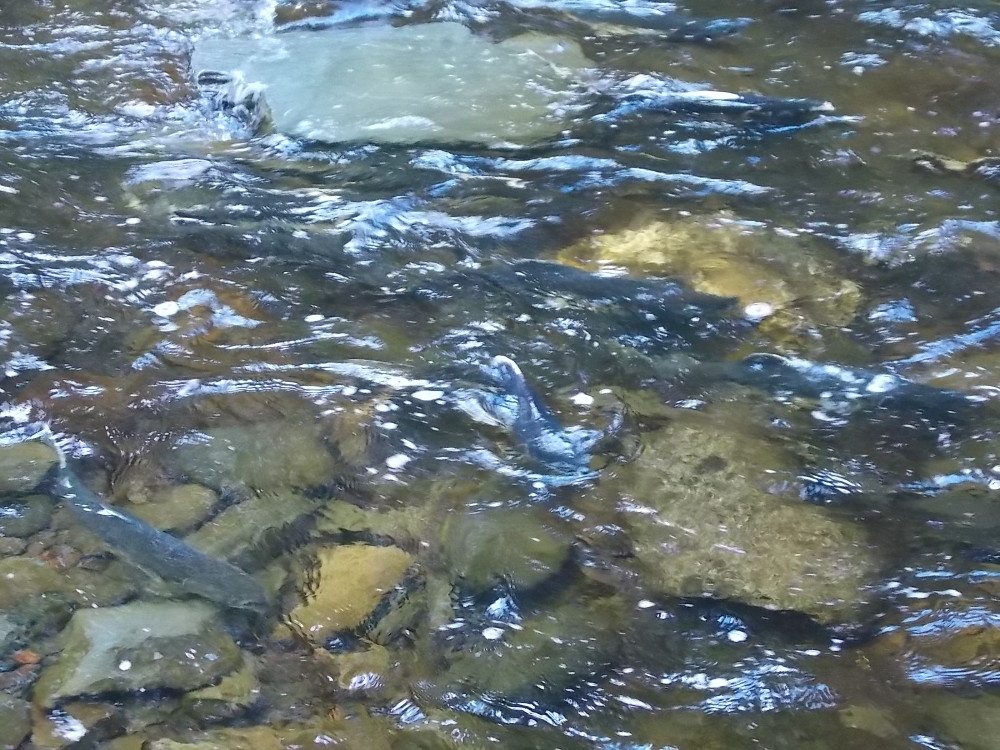
Two years ago the commercial catch of pink salmon in Southeast Alaska hit its lowest level in more than four decades. This year’s catch will be even lower.
Pinks are caught mostly by the purse seine fleet. Some seiners have finished for the summer and others have headed to the Sitka area to chase hatchery chums.
Andy Piston is the department’s pink and chum salmon project leader for Southeast. He said the catch by late August had topped six million fish and is expected to finish around seven million pinks by the end of the season.
“It looks like it’s going to come in a little below the 2018 parent year harvest which was about 8.1 million and that’ll be, it’ll be one of the lowest harvests since the mid-1970s. So it’s definitely a historic very poor pink salmon harvest,” Piston said.
At that level this year’s catch will be the lowest since 1976. Scientists had predicted a poor return with a point forecast of 12 million fish going into the season.
Low numbers of returning pinks in the northern panhandle forced closed fishing areas again this summer, to allow fish to return to spawning streams. In management terms those fish making it back to streams are called escapement. Piston said most of this year’s catch came from the southern part of the region.
“Escapements in the southern districts generally looked pretty good,” Piston said. “As you moved north though, things are considerably weaker especially when you get into northern inside waters, north of Sumner Strait. And there we had very little fishing opportunity in northern inside waters. There was almost no harvest up there so we were trying to get fish toward escapement. In some areas it sounds like there was a little bit of improvement over the parent year but the overall pink return up there was still very low and it looks like escapements are still going to be below management targets for a lot of stock groups up in that area.”
Pink salmon return to spawn every two years. The parents of this year’s fish returned in low numbers. Those fish also spawned during a long-term drought which may have impacted the 2020 returns.
Two years ago a bumper crop of hatchery chum salmon made up for the poor pink numbers. That’s not the case this year. 2020 may see one of the lowest chum salmon catches in decades.
In fact catches for all salmon species in Southeast are lagging this year. Sockeye catches are 70 percent below last year’s and among the lowest ever. Coho catches are almost 50 percent behind last year. Catches of king salmon are the closest, just 14 percent off the pace from 2019.









